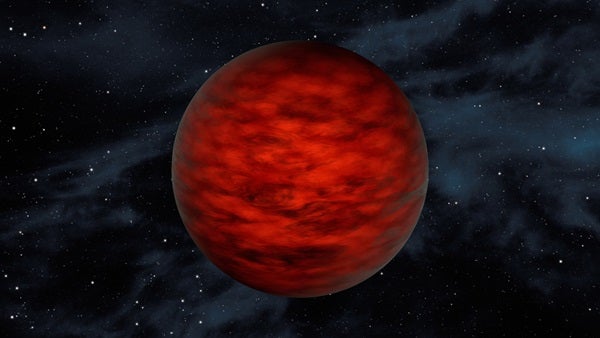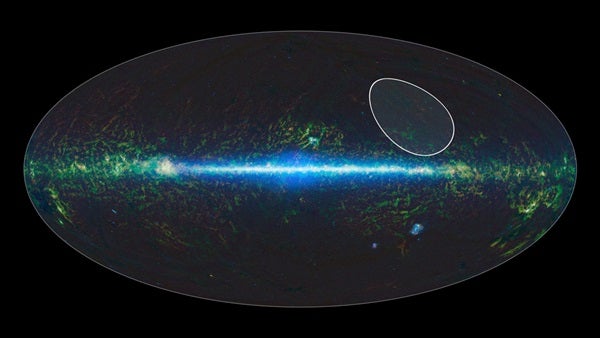A new study using data from NASA’s Wide-field Infrared Survey Explorer and the Two Micron All Sky Survey provides new clues in this mystery of galactic proportions. Scientists have identified a free-floating planetary-mass object within a young star family, called the TW Hydrae association. The newfound object, termed WISEA J114724.10−204021.3 (WISEA 1147), is estimated to be between roughly five to 10 times the mass of Jupiter.
WISEA 1147 is one of the few free-floating worlds where astronomers can begin to point to its likely origins as a brown dwarf and not a planet. Because the object was found to be a member of the TW Hydrae family of young stars, astronomers know that it is also young — only 10 million years old. And because planets require at least 10 million years to form, and probably longer to get themselves kicked out of a star system, WISEA 1147 is likely a brown dwarf. Brown dwarfs form like stars but lack the mass to fuse atoms at their cores and shine with starlight.
“With continued monitoring, it may be possible to trace the history of WISEA 1147 to confirm whether or not it formed in isolation,” said Adam Schneider of the University of Toledo in Ohio.
Of the billions of possible free-floating worlds thought to populate our galaxy, some may be low-mass brown dwarfs, while others may in fact be bona fide planets, kicked out of nascent solar systems. At this point, the fraction of each population remains unknown. Tracing the origins of free-floating worlds, and determining whether they are planets or brown dwarfs, is a difficult task, precisely because they are so isolated.
“We are at the beginning of what will become a hot field — trying to determine the nature of the free-floating population and how many are planets versus brown dwarfs,” said Davy Kirkpatrick of NASA’s Infrared Processing and Analysis Center at the California Institute of Technology in Pasadena.
Astronomers found WISEA 1147 by sifting through images taken of the entire sky by WISE in 2010 and 2MASS about a decade earlier. They were looking for nearby young brown dwarfs. One way to tell if something lies nearby is to check to see if it has moved significantly relative to other stars over time. The closer an object, the more it will appear to move against a backdrop of more distant stars. By analyzing data from both sky surveys taken about 10 years apart, the close objects jump out.
The brown dwarf WISEA 1147 was brilliantly “red” in the 2MASS images — where the color red had been assigned to longer infrared wavelengths — which means that it’s dusty and young.
“The features on this one screamed out, ‘I’m a young brown dwarf,'” said Schneider.
After more analysis, the astronomers realized that this object belongs to the TW Hydrae association, which is about 150 light-years from Earth and only about 10 million years old. That makes WISEA 1147, with a mass between about five and 10 times that of Jupiter, one of the youngest and lowest-mass brown dwarfs ever found.
Interestingly, a second similar low-mass member of the TW Hydrae association was announced just days later — 2MASS 1119-11 — by a separate group led by Kendra Kellogg of Western University in Ontario, Canada.
Another reason that astronomers want to study these isolated worlds is that they resemble planets but are easier to study. Planets around other stars, called exoplanets, are barely perceptible next to their brilliant stars. By studying objects like WISEA 1147, which has no host star, astronomers can learn more about their compositions and weather patterns.
“We can understand exoplanets better by studying young and glowing low-mass brown dwarfs,” said Schneider. “Right now, we are in the exoplanet regime.”











